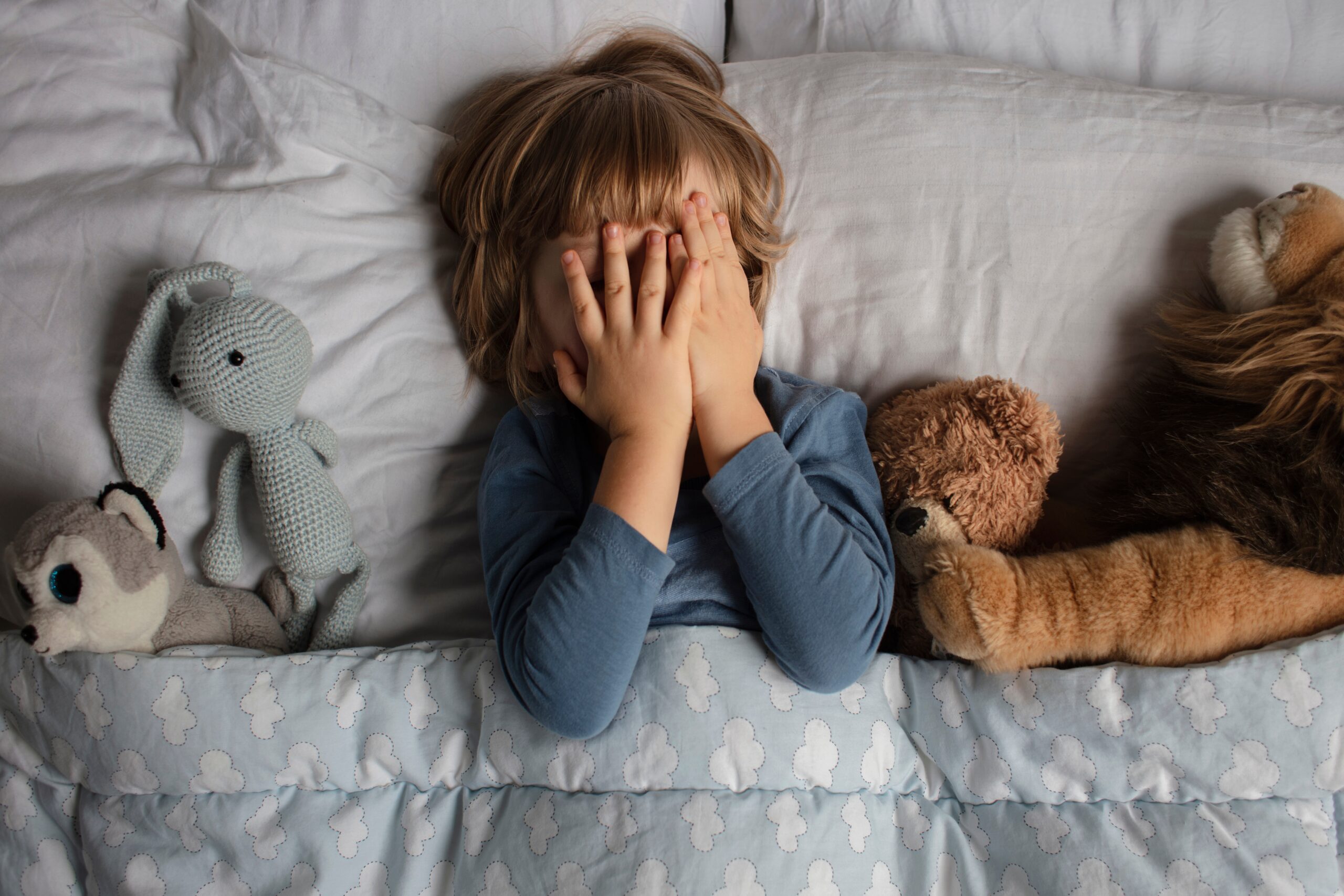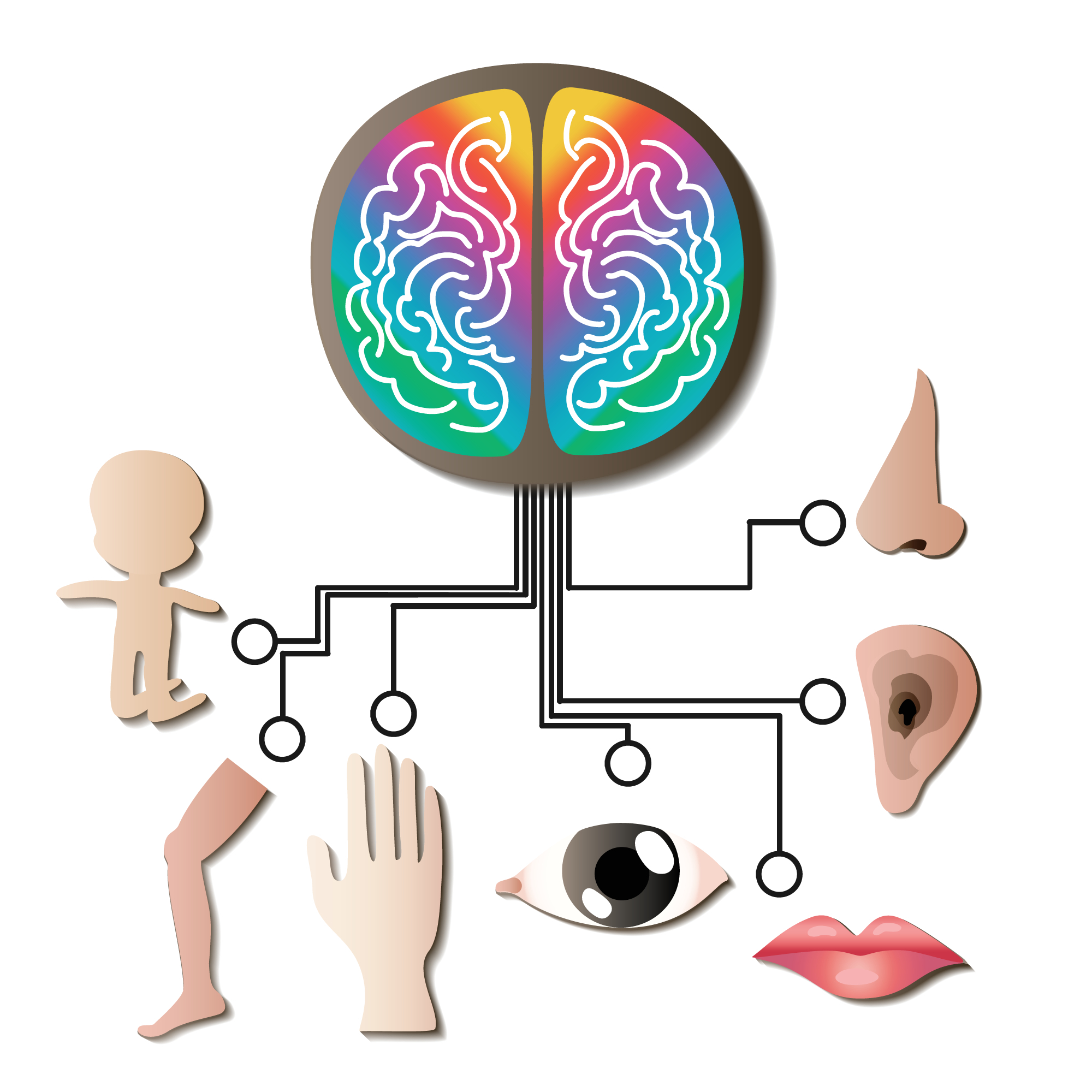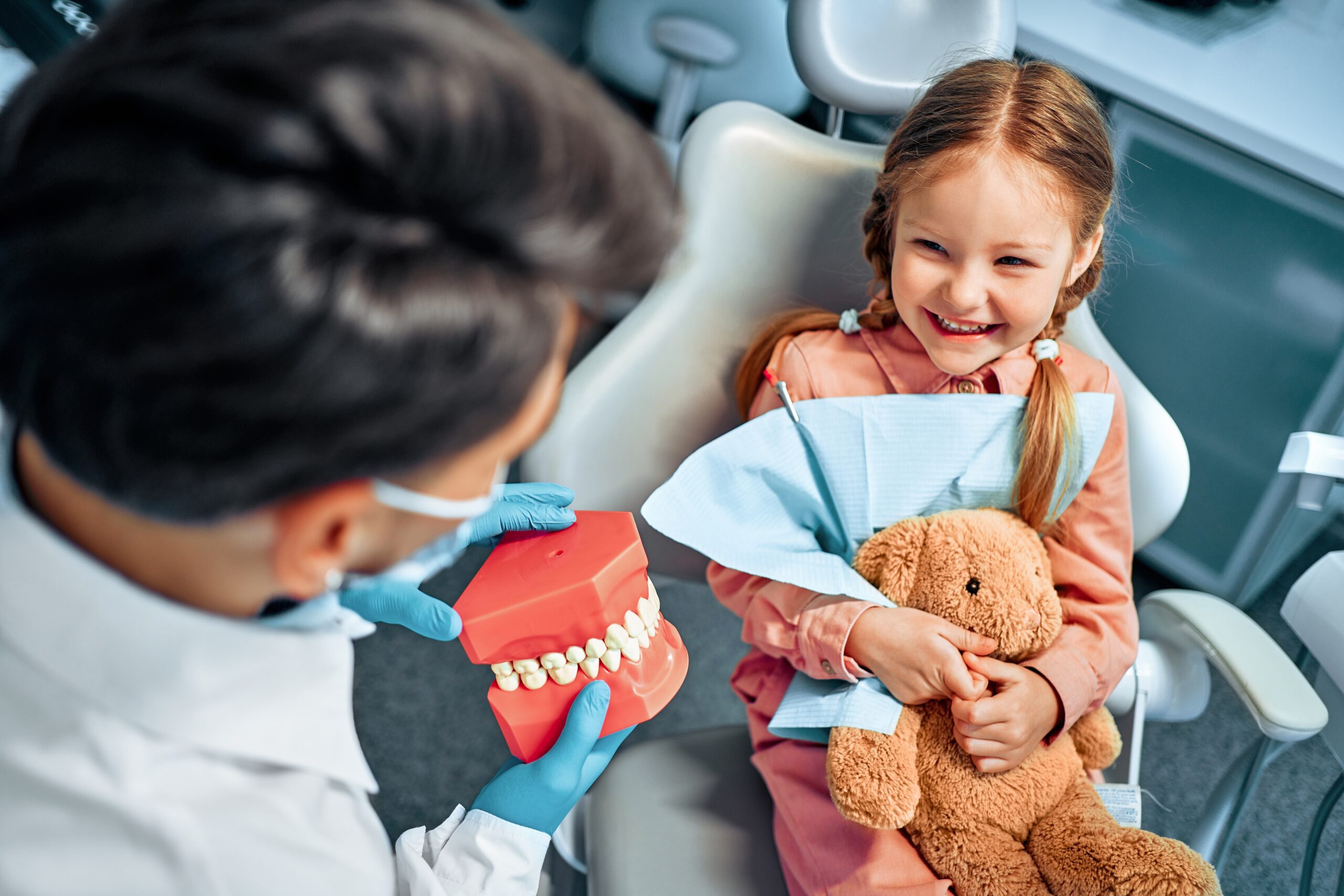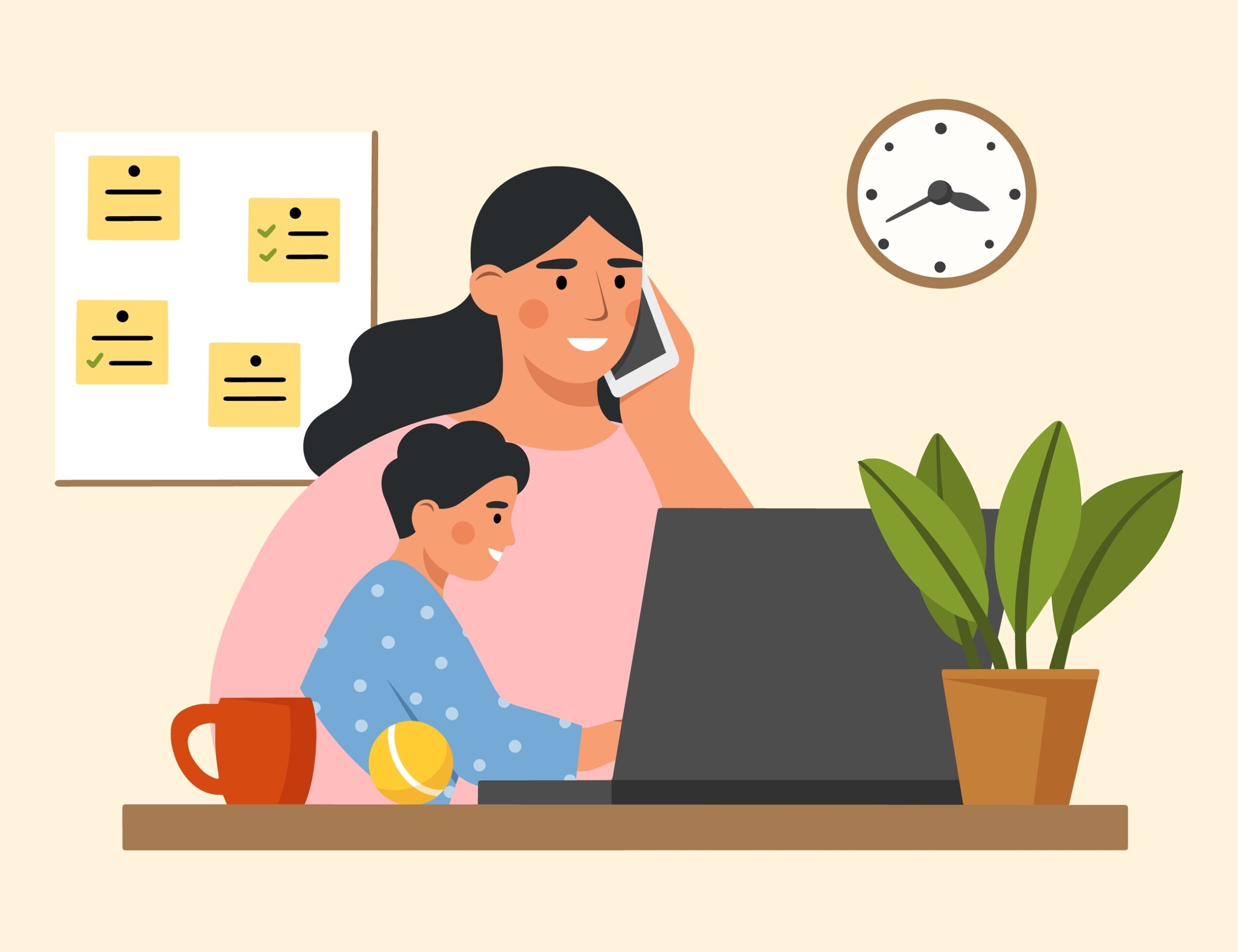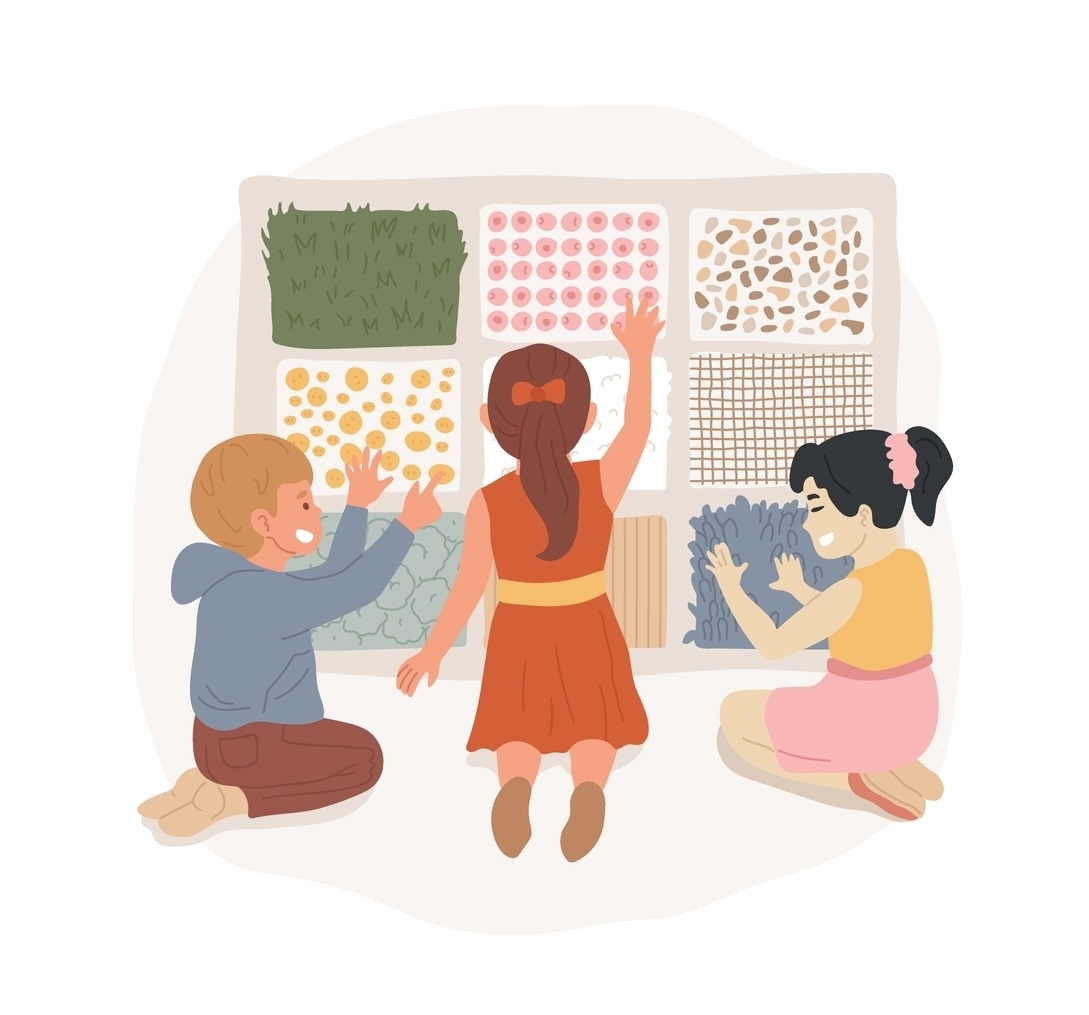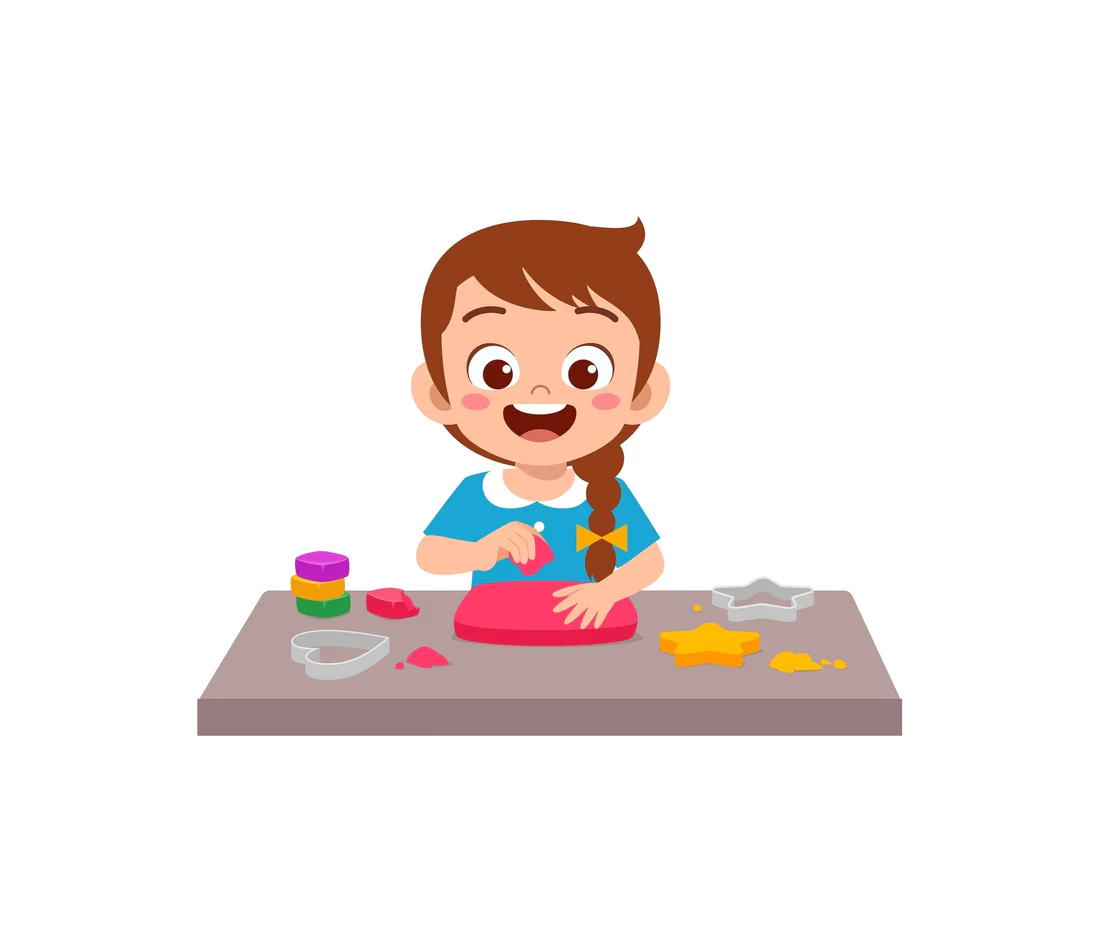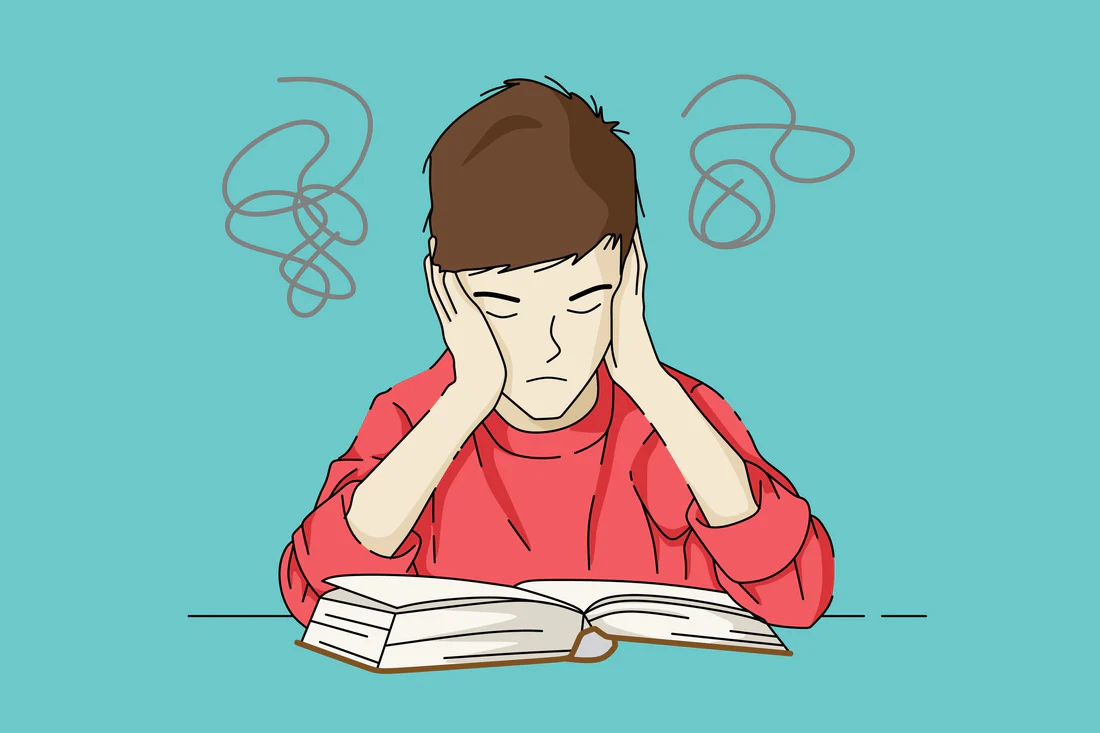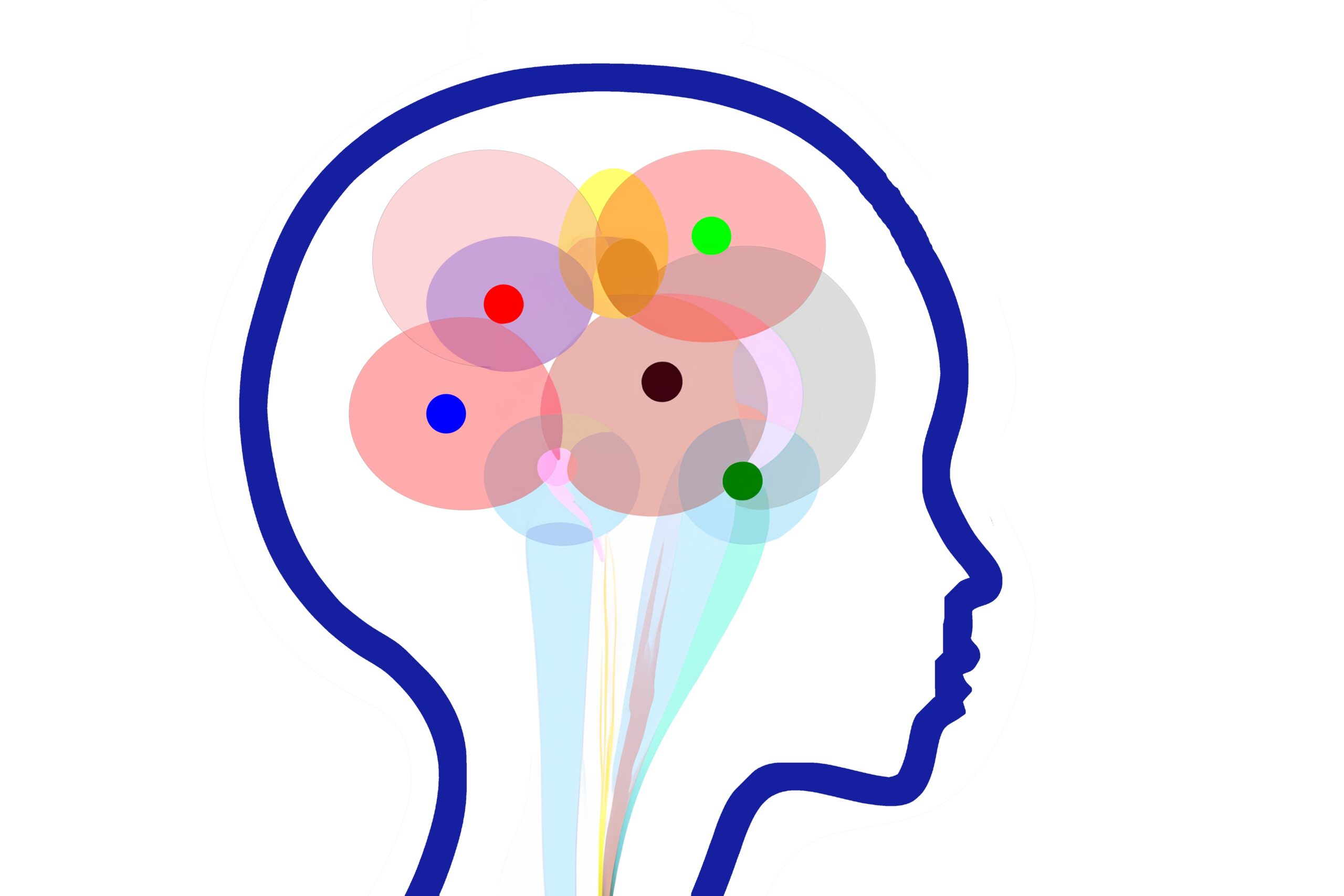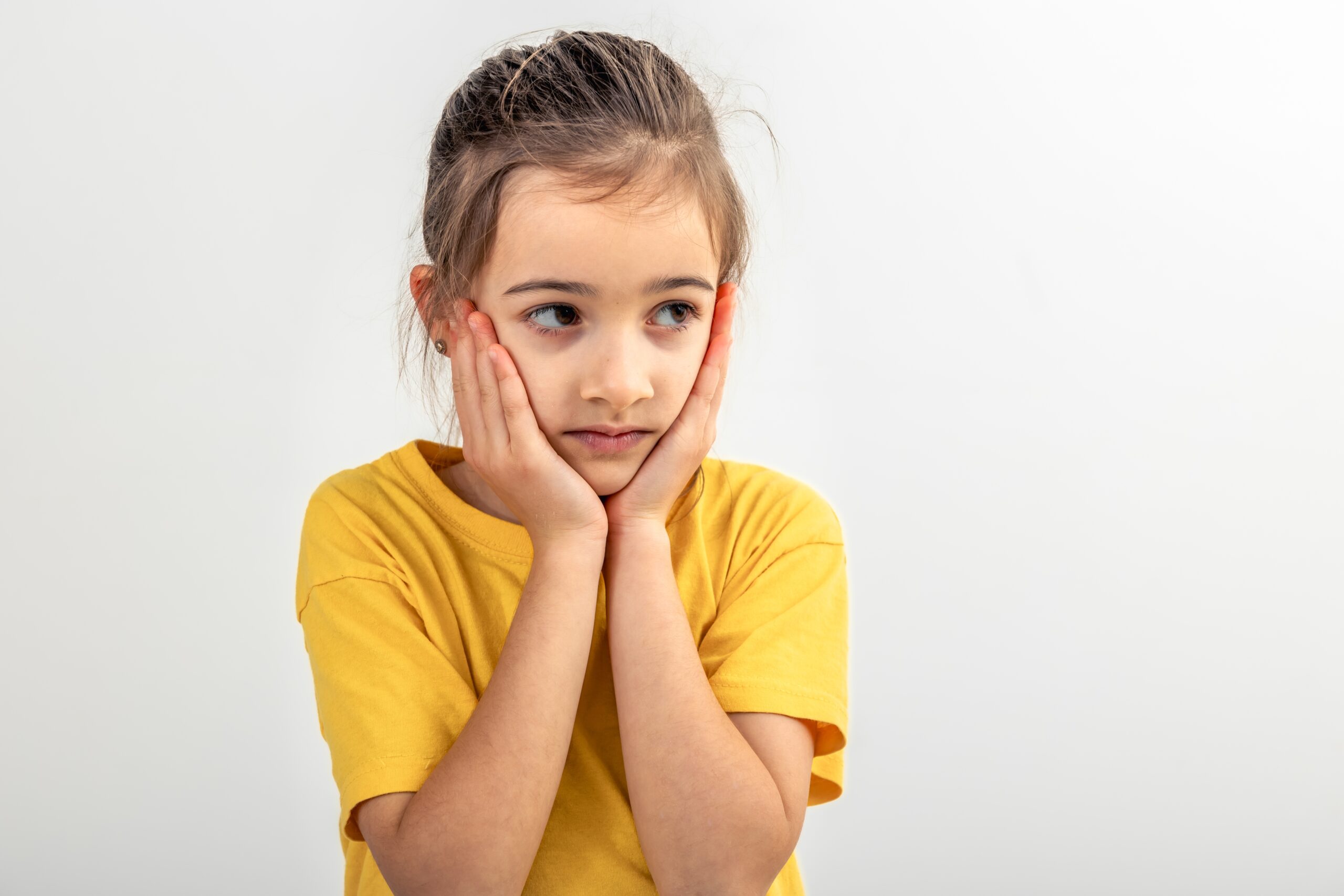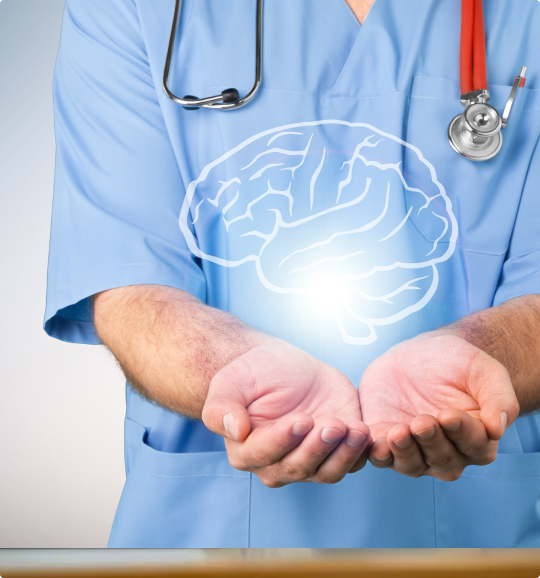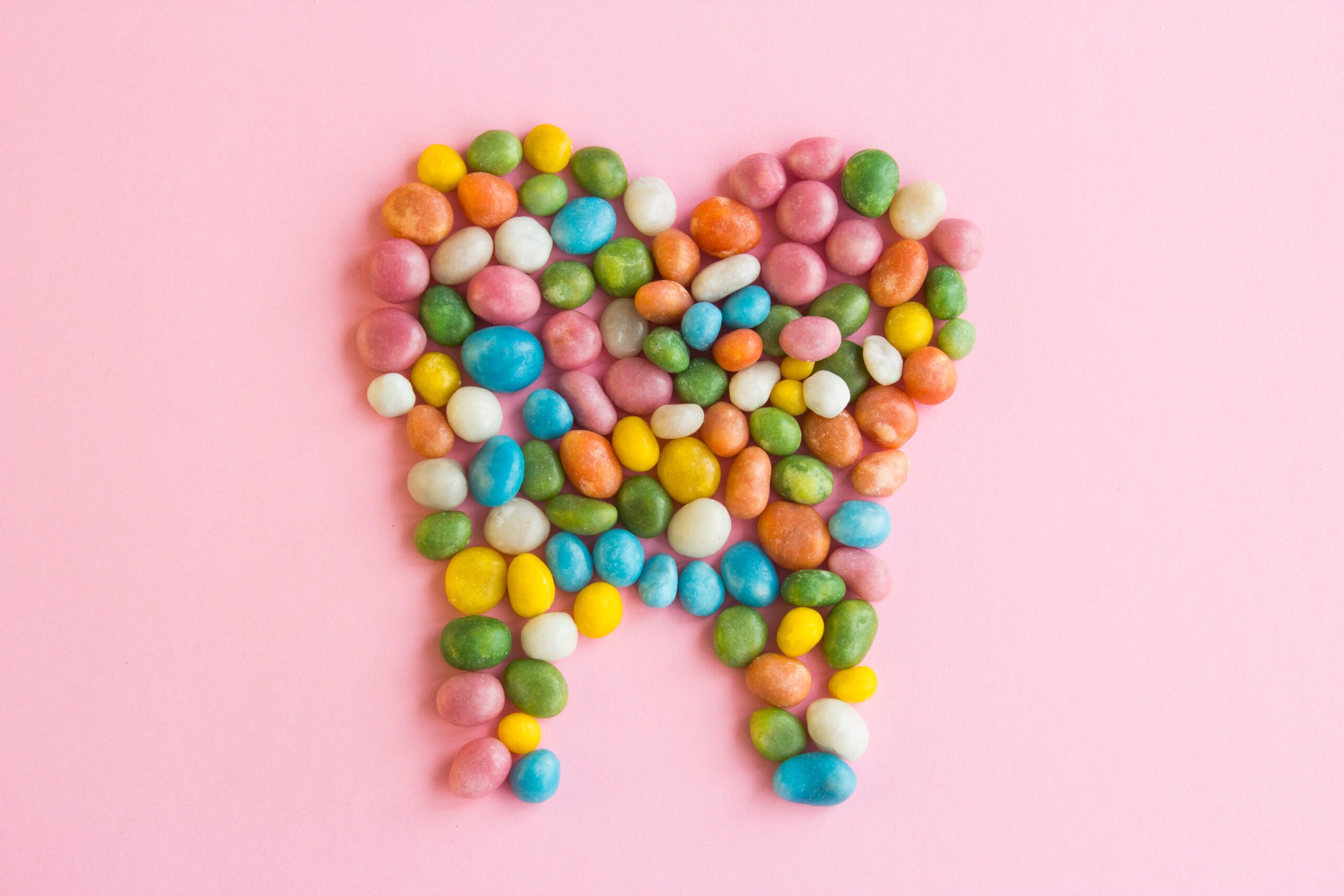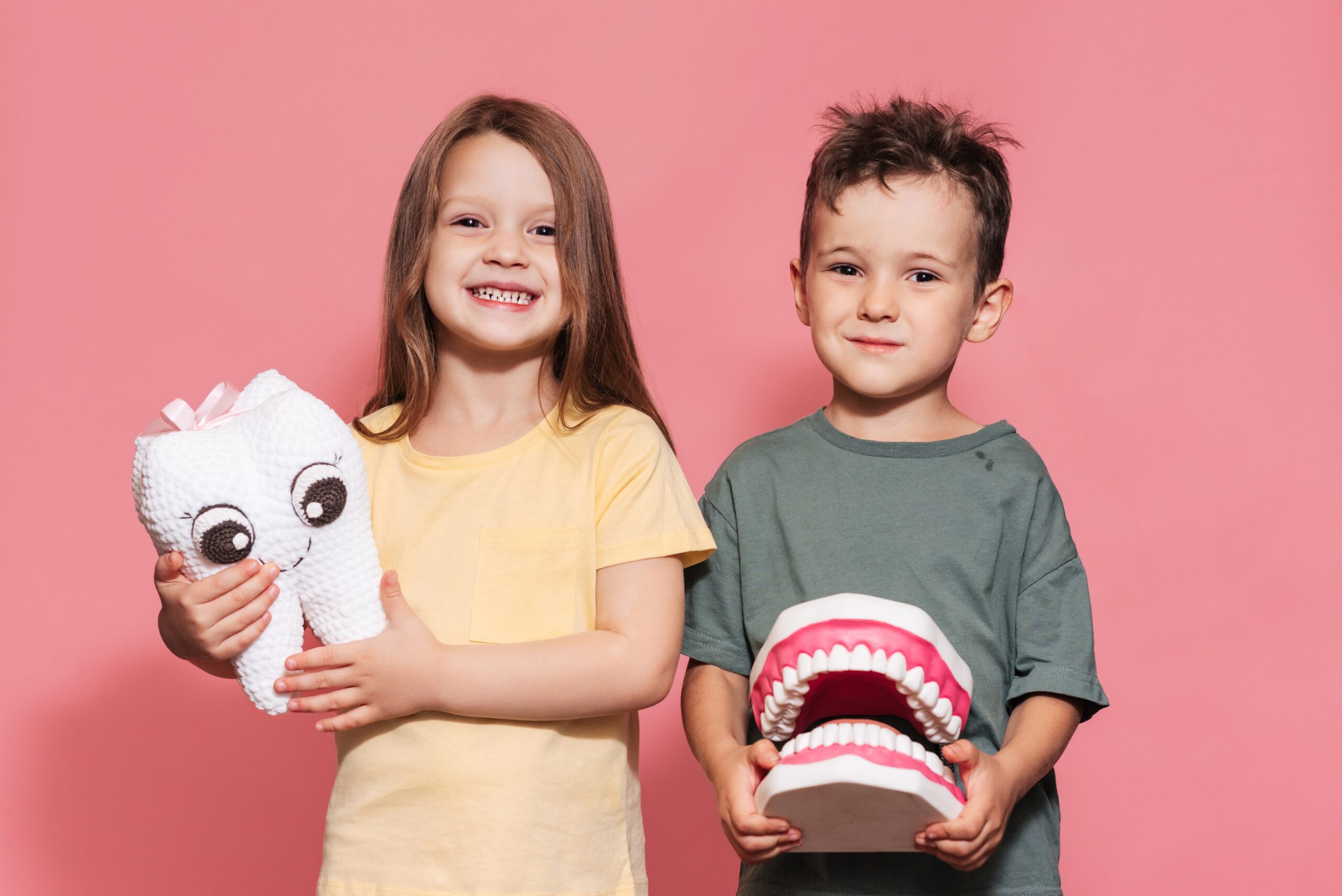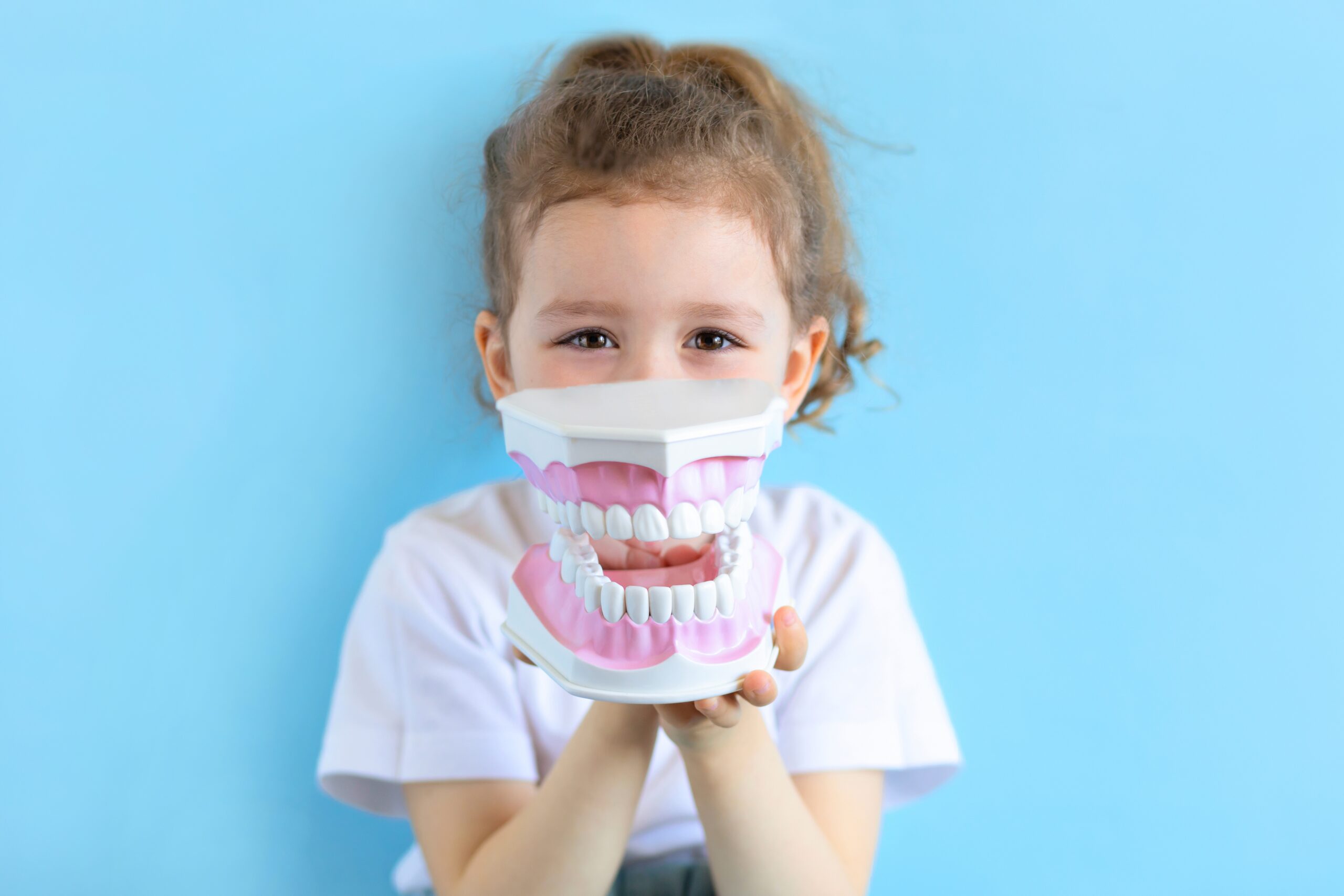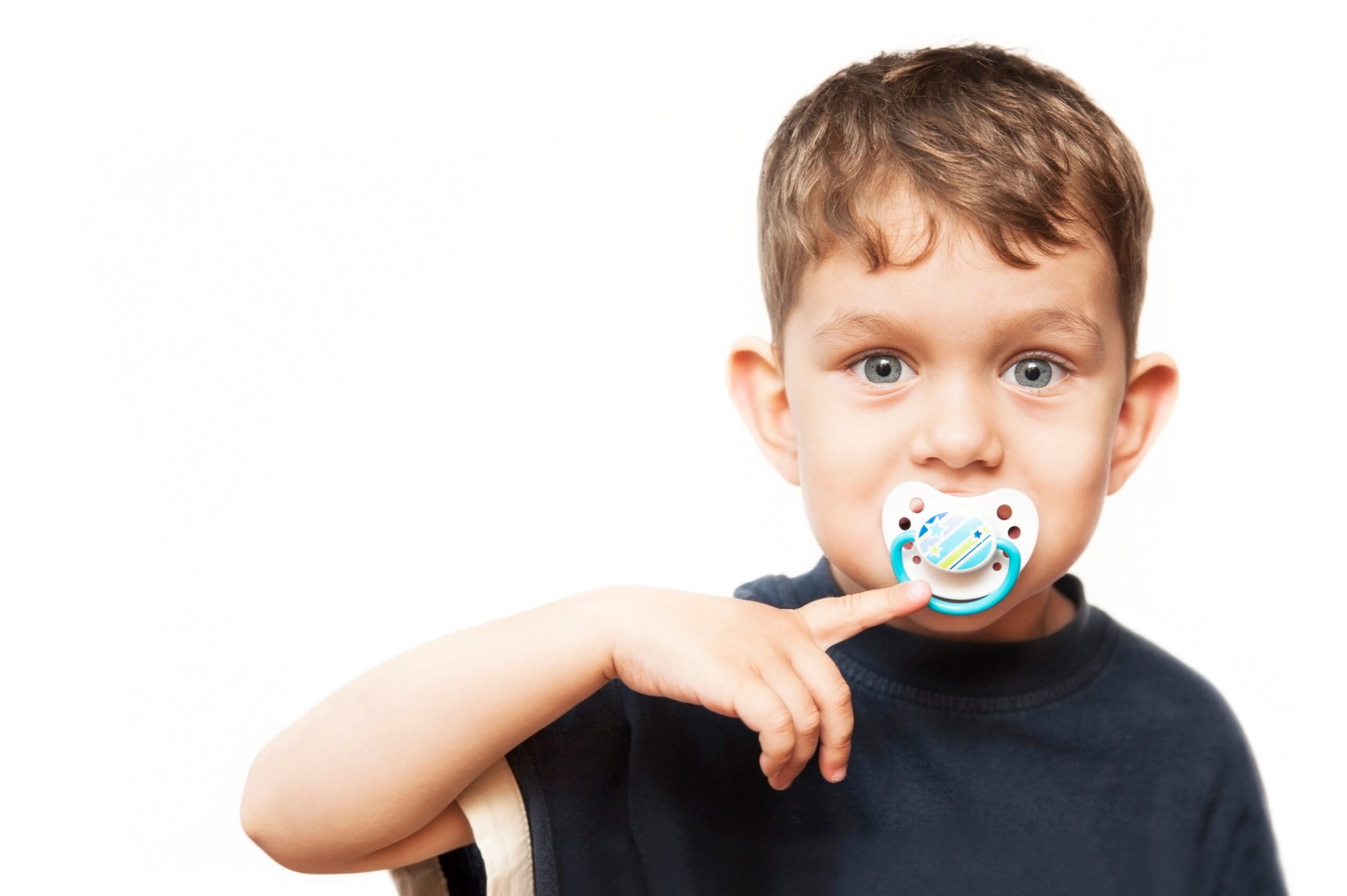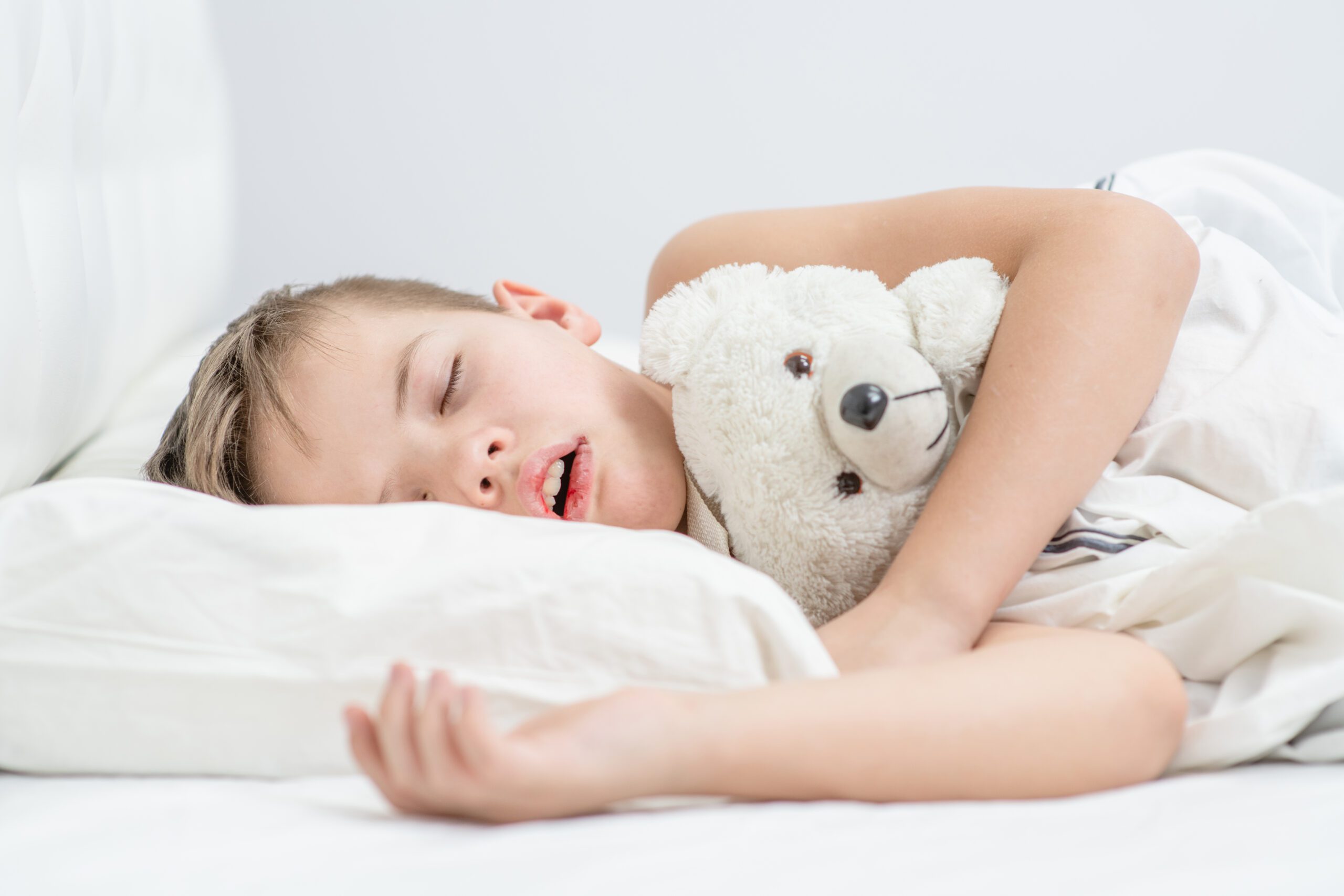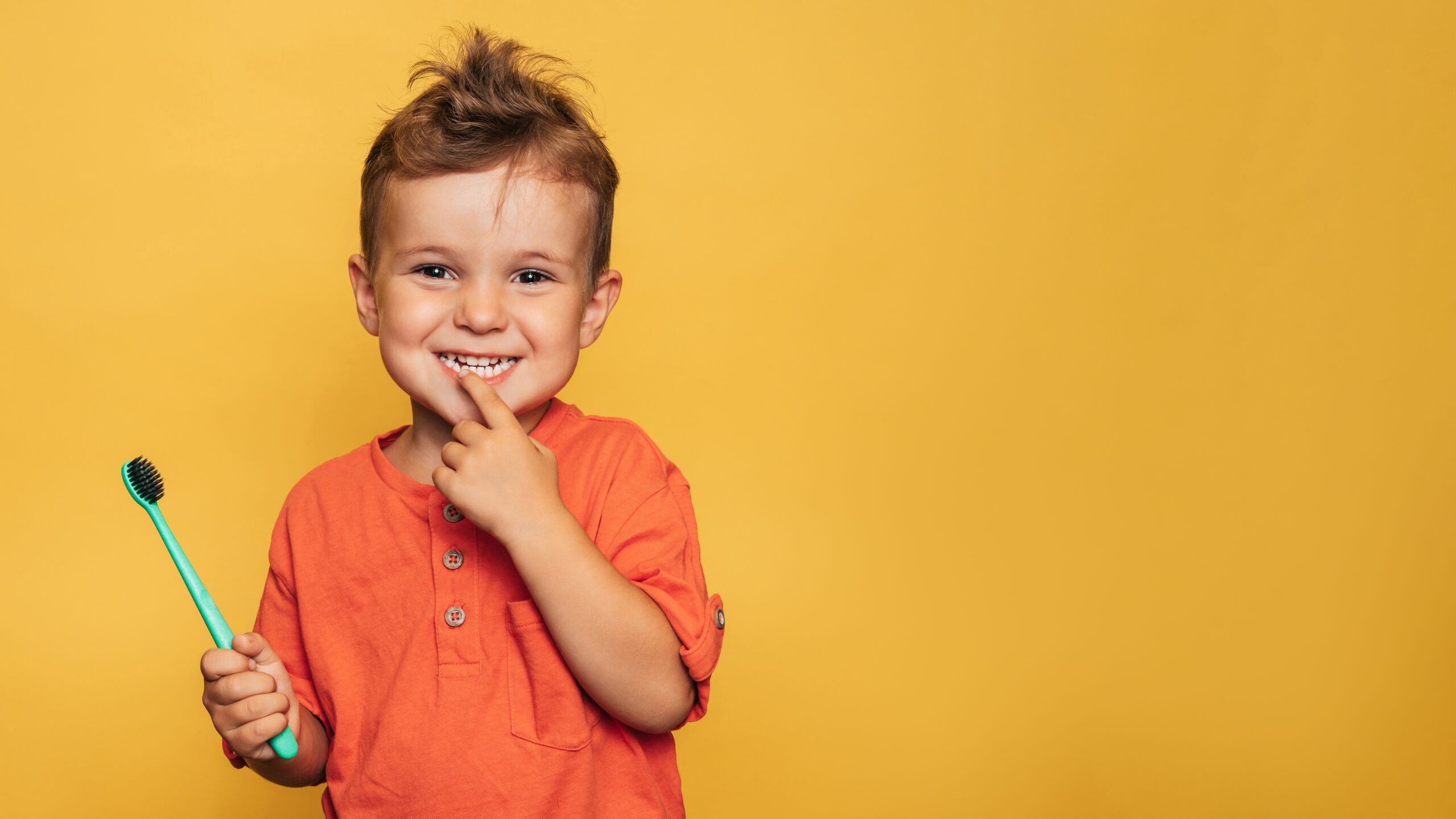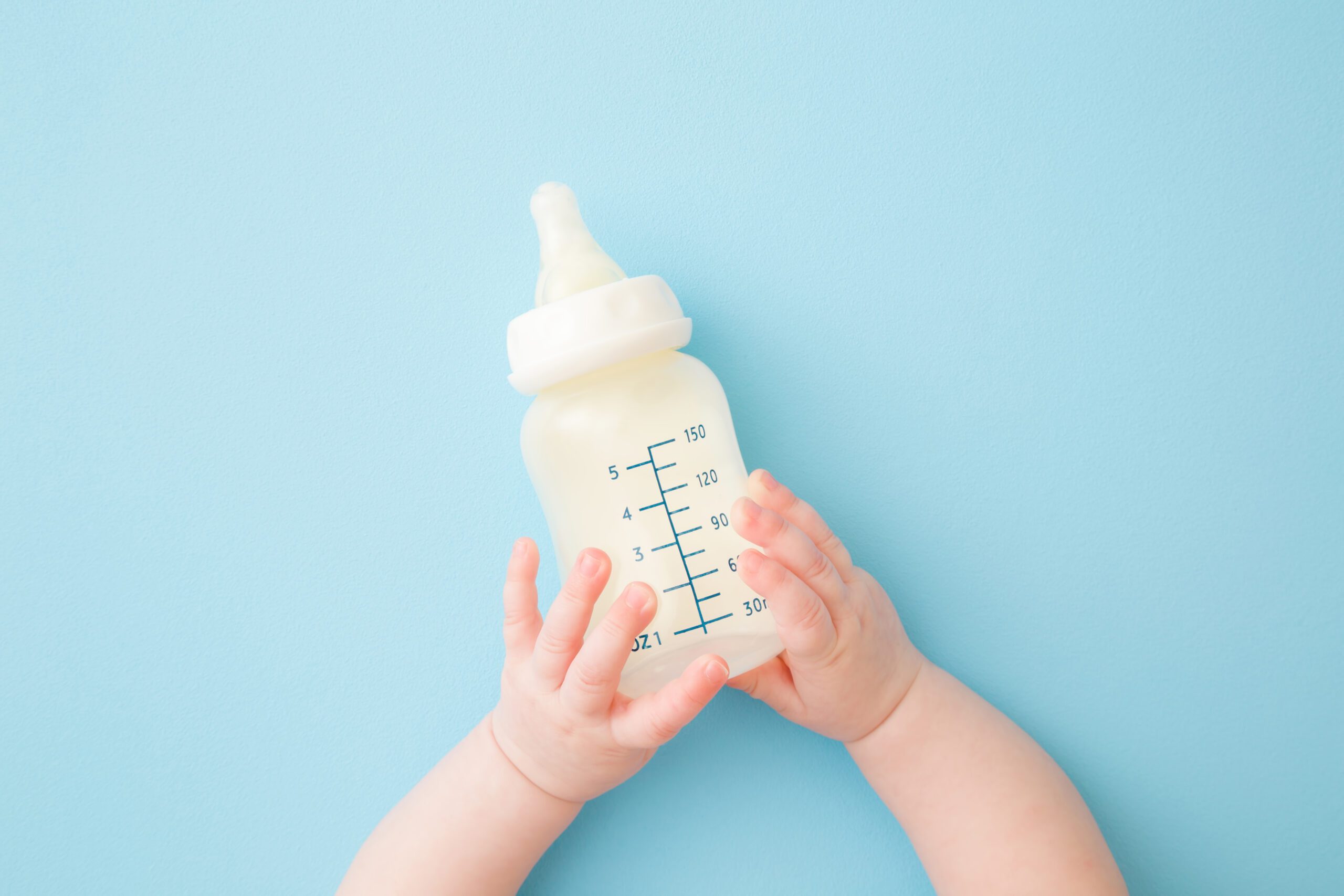
Orthopedic, Mobility, & Post-Surgical Rehab
- Knee Surgery & ACL Rehab: Find Therapy After Knee Replacement
- Post-Shoulder Surgery Rehab: Rotator Cuff & Labral Repair Recovery
- Post-Hip Replacement Rehab: Recovery & Therapy
- Back Surgery Rehab & Recovery Therapy | Expert Rehab Plans
- Frozen Shoulder Adhesive Capsulitis Rehab
- Tendonitis Rehab & Treatment | Achilles, Patellar & Rotator Cuff Tendonitis Therapy
- Low Back Pain Rehab & Therapy | Expert Treatment & Recovery
- Sciatica Pain Relief & Rehab Therapy | Find Trusted Sciatica Specialists
- Neck Pain: Causes, Treatment & Therapists Near You
- Chronic Pain & Fibromyalgia: Causes, Relief & Therapy
- Torticollis in Babies & Adults: Causes, Symptoms & Therapy
- Toe Walking in Children: Causes, Therapy Options & When to Worry
- Scoliosis in Children and Teens: Symptoms, Treatment & Therapy Support
Scoliosis in Children and Teens: Symptoms, Treatment & Therapy Support

Authored by: The DrSensory Editorial Team
Reviewed by: 🛡️ DrSensory Clinical Review Board – Doctor of Therapy Rehab Division
Last updated: June 2025
Scoliosis in Children and Teens – Symptoms, Causes & Therapy-Based Treatment
What Is Scoliosis?
Scoliosis is a medical condition where the spine curves sideways in an “S” or “C” shape. While mild scoliosis often causes no symptoms, moderate to severe curves can impact posture, balance, and even lung function.
Scoliosis most commonly appears between ages 10–15, during periods of rapid growth. However, it can also occur in younger children or even in infancy.
Types of Scoliosis
Idiopathic Scoliosis
Most common; unknown cause; typically appears during adolescence
Congenital Scoliosis
Caused by abnormal spinal development before birth
Neuromuscular Scoliosis
Linked to conditions like cerebral palsy or muscular dystrophy
Degenerative Scoliosis
Typically occurs in adults due to aging of the spine
Signs and Symptoms of Scoliosis
- Uneven shoulders or hips
- One shoulder blade more prominent than the other
- Ribs sticking out more on one side when bending forward
- Clothing fits unevenly
- Back pain or fatigue (especially in teens)
⚠️ Note: Scoliosis is often painless in children. A trained provider or therapist may be the first to spot it during a school screening or exam.
How Is Scoliosis Diagnosed?
Diagnosis typically involves:
- Physical exam (e.g., Adam’s Forward Bend Test)
- X-rays to measure the spinal curve (Cobb angle)
- Functional movement assessments by physical or occupational therapists
If the curve measures more than 10 degrees, scoliosis is diagnosed.
Scoliosis Treatment Options
Treatment depends on the age, curve severity, and risk of progression.
Monitoring (Mild Cases)
For mild curves under 20°, doctors may suggest observation and regular check-ups every 6 months.
Bracing (Moderate Cases)
Bracing is used to prevent progression, especially during growth spurts.
- Types: Boston brace, Wilmington brace, nighttime-only braces
- Typically worn 12–20 hours per day
- Bracing does not reverse scoliosis, but it slows curve progression
Surgery (Severe Cases)
Surgery is considered when the curve exceeds 45–50° and interferes with function.
- Common procedure: Spinal fusion
- Usually recommended when bracing has not worked
How Therapy Can Help Children and Teens with Scoliosis
Even when surgery or bracing is not required, therapy is essential for managing symptoms and improving posture, strength, and function.
Physical Therapy (PT) for Scoliosis
- Postural alignment training
- Core strengthening to support the spine
- Breathing exercises to enhance lung function
- Schroth method: evidence-based scoliosis-specific exercise program
- Gait training and balance work
Occupational Therapy (OT) for Scoliosis
- Functional adaptations for daily tasks (e.g., dressing, carrying school bags)
- Ergonomic education (backpacks, seating)
- Pain and fatigue management strategies
- Psychosocial support for body image and self-esteem
Speech-Language Therapy (SLP) – When Applicable
- For neuromuscular scoliosis, SLPs may support breathing and swallowing if upper body posture interferes with oral motor skills
Advanced Diagnostic Methods for Scoliosis
Emerging Technologies in Scoliosis Detection
Recent advancements in technology have introduced non-invasive methods for early scoliosis detection, which can be particularly beneficial for pediatric populations.
- Video-Based Gait Analysis: Studies have shown that gait patterns can serve as biomarkers for scoliosis classification. Utilizing deep learning models like ScoNet-MT, clinicians can assess gait through video recordings, offering a non-invasive alternative to traditional methods.
- Cornell University: Gait Patterns as Biomarkers: A Video-Based Approach for Classifying Scoliosis
- Deep Neural Networks for X-Ray Analysis: Artificial intelligence models are being developed to analyze spinal X-rays more efficiently, potentially reducing human error and providing quicker assessments
- Cornell University: Scoliosis Detection using Deep Neural Network
Scoliosis in Adults: Management and Treatment
Understanding Adult Scoliosis
While scoliosis is often associated with children and adolescents, it can persist into adulthood or develop later in life.
- Degenerative Scoliosis: This type occurs due to age-related changes in the spine, leading to curvature. It may present with symptoms like back pain and postural imbalance.
- Management Strategies: Treatment may include physical therapy focused on strengthening and flexibility, pain management, and in some cases, surgical intervention.
Psychosocial Impact of Scoliosis
Emotional and Social Considerations
The physical appearance changes associated with scoliosis can impact a child’s self-esteem and social interactions.
- Body Image Concerns: Adolescents may experience self-consciousness about their appearance due to visible spinal curvature.
- Social Implications: There may be challenges in participating in physical activities or sports, leading to feelings of isolation.
- Support Strategies: Engaging with support groups, counseling, and involving family in the treatment process can help address these concerns.
Scoliosis and Physical Activity
Exercise Considerations for Individuals with Scoliosis
Maintaining an active lifestyle is crucial for overall health, but certain exercises may be more beneficial for those with scoliosis.
- Recommended Activities: Low-impact exercises such as swimming, walking, and specific scoliosis-focused routines can help strengthen muscles supporting the spine.
- Activities to Avoid: High-impact sports or exercises that involve heavy lifting may exacerbate symptoms and should be approached with caution.
Scoliosis Surgery: What to Expect
Surgical Intervention for Severe Scoliosis
In cases where scoliosis progresses to severe levels, surgical intervention may be necessary.
- Types of Surgery: Procedures like spinal fusion aim to correct the curvature and prevent further progression.
- Recovery Process: Post-operative care includes physical therapy, pain management, and gradual return to normal activities.
- Long-Term Outlook: With appropriate treatment and rehabilitation, individuals can lead active and fulfilling lives post-surgery.
Frequently Asked Questions (FAQ)
Is scoliosis painful?
Mild scoliosis usually causes no pain, especially in children. However, moderate or severe curves can cause back pain, muscle fatigue, or nerve irritation, especially in adolescents or adults.
Can physical therapy fix scoliosis?
Physical therapy doesn’t “cure” scoliosis, but it helps improve posture, muscular balance, mobility, and breathing capacity. Techniques like the Schroth method have been shown to reduce symptoms and improve function.
What degree of scoliosis needs a brace?
Bracing is typically recommended for curves between 20° and 40° in children who are still growing. Your orthopedist and PT will determine the best plan based on age and risk factors.
Can scoliosis be prevented?
Scoliosis, especially idiopathic, cannot be prevented because its exact cause is unknown. However, early detection and therapy can prevent worsening and support healthy growth.
Does scoliosis affect breathing?
Yes — large spinal curves in the thoracic spine can reduce lung expansion. Breathing-focused physical therapy and early treatment can help improve respiratory function.
When is scoliosis surgery necessary?
Surgery is typically considered when:
- The curve is 45–50° or greater
- The curve continues to worsen with growth
- The child experiences pain, breathing issues, or postural instability
This page provides general educational content and is not a substitute for professional medical advice. Always consult a licensed provider for diagnosis and treatment.
View privacy policy, copyright and trust info
More on Orthopedic, Mobility, & Post-Surgical Rehab

- Knee Surgery & ACL Rehab: Find Therapy After Knee Replacement
- Post-Shoulder Surgery Rehab: Rotator Cuff & Labral Repair Recovery
- Post-Hip Replacement Rehab: Recovery & Therapy
- Back Surgery Rehab & Recovery Therapy | Expert Rehab Plans
- Frozen Shoulder Adhesive Capsulitis Rehab
- Tendonitis Rehab & Treatment | Achilles, Patellar & Rotator Cuff Tendonitis Therapy
- Low Back Pain Rehab & Therapy | Expert Treatment & Recovery
- Sciatica Pain Relief & Rehab Therapy | Find Trusted Sciatica Specialists
- Neck Pain: Causes, Treatment & Therapists Near You
- Chronic Pain & Fibromyalgia: Causes, Relief & Therapy
- Torticollis in Babies & Adults: Causes, Symptoms & Therapy
- Toe Walking in Children: Causes, Therapy Options & When to Worry
- Scoliosis in Children and Teens: Symptoms, Treatment & Therapy Support
Find a Therapist near you
Are you looking for a physical, occupational, or speech therapist in your area?
Look no further than the DrSensory Therapist Database and Clinic Directory!
Find a Therapist
Find the physical therapist, occupational therapist, or speech language pathologist you’re looking for!
Ask Us Anything
Whether you are looking for advice, have a general question about sensory processing, or looking for resources.
Submit Your Story
Share your story about your child. Let’s celebrate milestones and learn more about challenges.




































